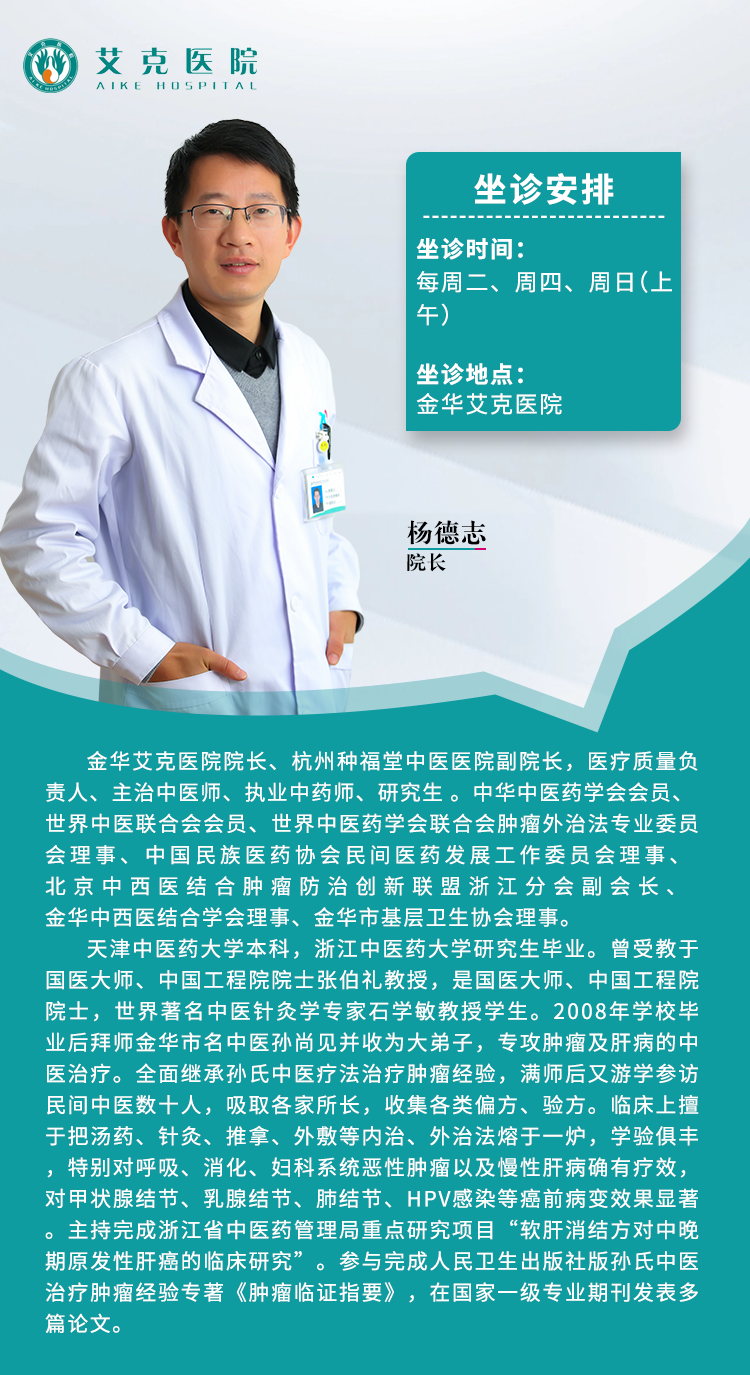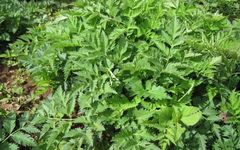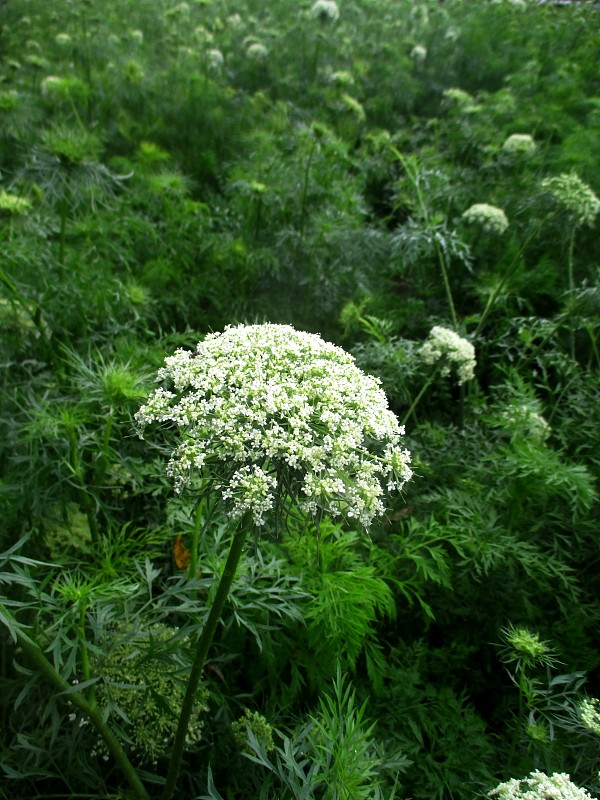 Chuanxiong (Ligusticum chuanxiong)
Chuanxiong (Ligusticum chuanxiong)
Chuanxiong is a cultivated plant from the Umbelliferae family, with a developed rhizome that forms irregular, nodular, fist-shaped clumps. It has a strong and distinctive aroma, with a bitter, spicy taste and a slight sweetness that leaves a tingling sensation on the tongue.
Chuanxiong is primarily produced in Sichuan (Peng County, now Pengzhou), and is also cultivated in Yunnan, Guizhou, Guangxi, Hubei, Jiangxi, Zhejiang, Jiangsu, Shaanxi, Gansu, Inner Mongolia, Hebei, and other provinces.
Chuanxiong is first recorded in the “Tangye Bencao” and is mentioned in the “Shennong Bencao Jing,” “Tangye Bencao,” and “Pharmacopoeia” as being effective for promoting blood circulation, moving Qi, dispelling wind, and alleviating pain, particularly for headaches, menstrual irregularities, and other related symptoms.
Chuanxiong can reduce the levels of strong enkephalin A in plasma and cerebrospinal fluid caused by cerebral ischemia, improve ischemic brain damage, and alleviate pulmonary hypertension.
The leaves of Chuanxiong have a taste similar to celery and yeast and can be used in soups, stews, or salads. Chuanxiong is also delicious when served cold and can be used to brew herbal tea; other parts of the plant, such as seeds, stems, and even roots, are also edible.
The rhizome of Chuanxiong is used in traditional Chinese medicine. It is spicy, warm, and aromatic, capable of dispersing and moving without being retained, reaching the top of the head when ascending, and entering the blood when descending.

Origin of the Name
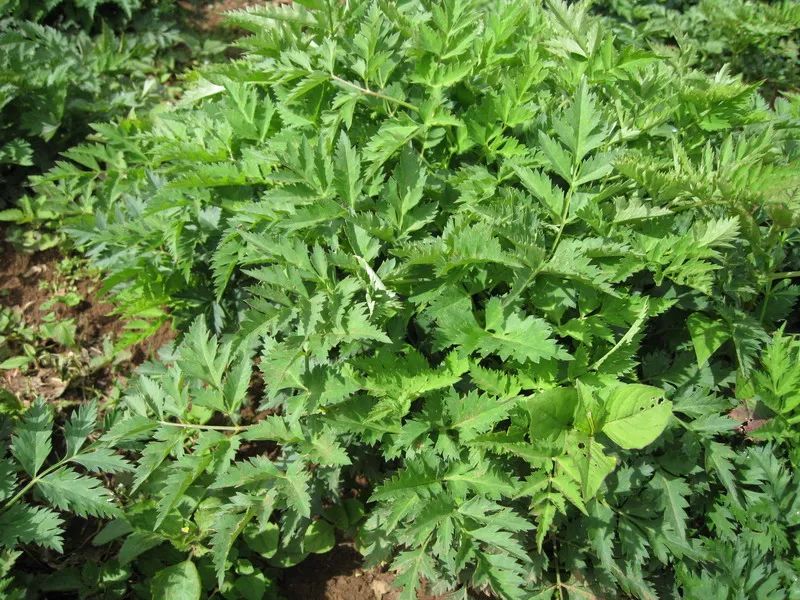
In the early Tang Dynasty, the “Medicine King” Sun Simiao traveled with his disciples to Qingcheng Mountain in Sichuan to collect medicinal herbs. One day, they grew tired and rested in a dense pine forest. Suddenly, they saw a large female crane playing with several chicks. The Medicine King was captivated, but then he heard the chicks cry out, and he noticed the female crane’s head drooping, its legs trembling, and it was continuously mourning. The Medicine King immediately understood that the crane was suffering from a serious illness.
The next morning, at dawn, the Medicine King and his disciples returned to the pine forest. Not far from the crane’s nest, they could clearly hear the moans of the sick crane. After another day, when they returned to the pine forest, the moans from the crane’s nest had ceased. Looking up, they saw several white cranes soaring in the sky, dropping a small white flower and some leaves that resembled carrot leaves. The Medicine King instructed his disciple to collect them for preservation.
Days passed, and the female crane had completely recovered, leading the chicks in play as usual. The Medicine King observed that the white cranes loved to visit the ancient caves on the cliff, where a patch of greenery grew, with flowers and leaves resembling those that had fallen from the crane’s beak. He instinctively connected the crane’s recovery to this plant. After experimentation, he discovered that this plant had the ability to invigorate blood circulation, regulate menstruation, and dispel wind and alleviate pain, so he instructed his disciple to take this herb down the mountain to treat patients, which proved to be effective. The Medicine King excitedly composed a verse: “Qingcheng is serene, the first cave in western Sichuan. Where the immortal cranes pass, good medicine descends from the heavens. This herb shall be called Chuanxiong!” Thus, the name “Chuanxiong” was derived.

Effects and Functions
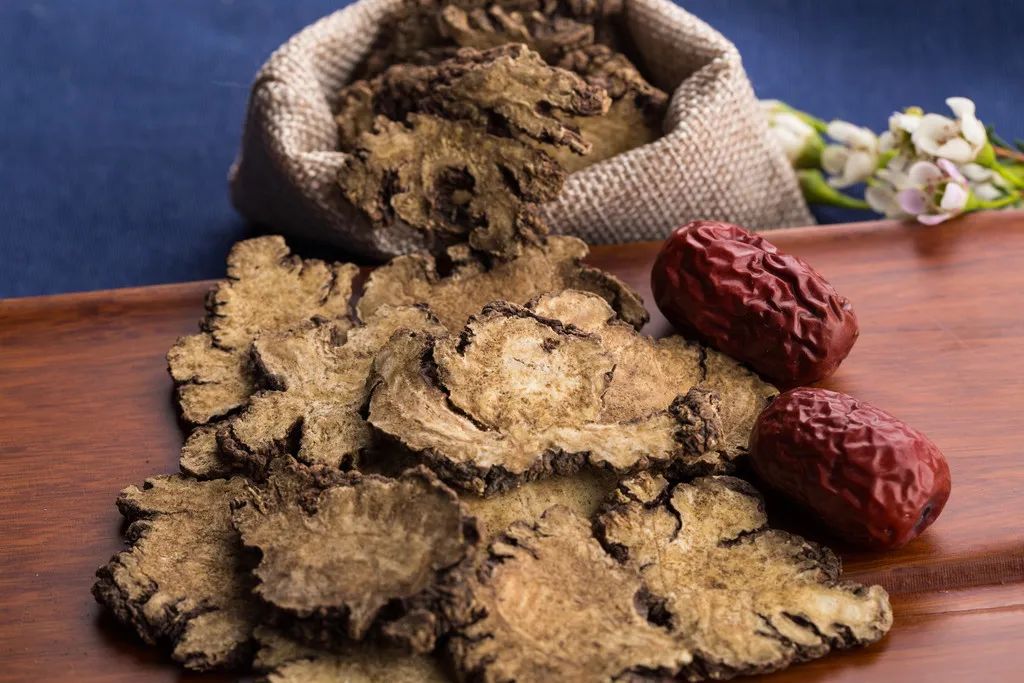
Chuanxiong is a very common traditional Chinese medicine, characterized by its spicy and warm properties, primarily used to invigorate blood circulation, promote Qi flow, dispel wind, and alleviate pain. A concise summary of Chuanxiong’s effects is: it ascends to the head, regulates menstruation, and opens up stagnation, which reflects its ability to invigorate blood circulation and Qi throughout the body.
 01Ascends to the Head
01Ascends to the Head
It can treat headaches, and there is a traditional Chinese patent medicine called Chuanxiong Cha Tiao San, which is used for treating colds and headaches. In addition to treating headaches, Chuanxiong can also dispel wind and cold;
 02Regulates Menstruation
02Regulates Menstruation
Due to its blood-invigorating properties, Chuanxiong is often used to treat gynecological disorders, particularly for blood stasis-type menstrual irregularities and other gynecological diseases. A classic traditional Chinese patent medicine, Wu Ji Bai Feng Wan, contains Chuanxiong to invigorate blood;
 03Opens Up Stagnation
03Opens Up Stagnation
Chuanxiong can treat symptoms of wind-cold-damp obstruction and joint pain. Additionally, many studies have found that Chuanxiong and its extract, Chuanxiongzine, can be used to treat coronary heart disease, angina, and cerebrovascular diseases. Therefore, there are many traditional Chinese patent medicines, such as Compound Chuanxiong Capsules and Chuanxiongzine Injection, used to treat blood stasis syndromes in cardiovascular and cerebrovascular diseases.
 04Radiation ResistanceChuanxiong decoction has shown certain efficacy in treating radiation sickness in animal experiments. The water-soluble crude extract of Chuanxiong has protective effects against radiation damage and nitrogen mustard injury in rats, mice, and dogs. The anti-radiation effect of Chuanxiong is better in rats than in mice, with intraperitoneal administration being more effective than intramuscular, and intramuscular being more effective than intragastric.
04Radiation ResistanceChuanxiong decoction has shown certain efficacy in treating radiation sickness in animal experiments. The water-soluble crude extract of Chuanxiong has protective effects against radiation damage and nitrogen mustard injury in rats, mice, and dogs. The anti-radiation effect of Chuanxiong is better in rats than in mice, with intraperitoneal administration being more effective than intramuscular, and intramuscular being more effective than intragastric.
Contraindications
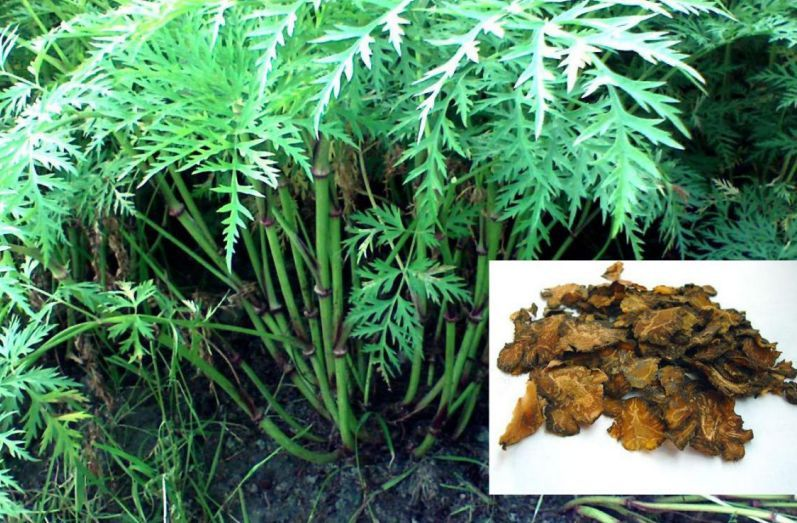
1. In terms of diet and population, patients with wind-cold headache, wind-heat headache, migraine, and vascular headache are suitable for consumption. However, patients with hypertensive headache, brain tumor headache, liver fire headache, and those with Yin deficiency and excess heat should avoid it.
2. Pregnant women should not use it, and those with Yin deficiency and excess heat or a tendency to bleed are also advised against using Chuanxiong without medical supervision.

Appointment Method
Scroll to the end of the article, click “Send Message“, and send “Patient’s Name + Contact Number“; a staff member will contact you. Note: Each expert has a limited number of consultations per day, and appointments are on a first-come, first-served basis. For details, please call or visit the hospital for appointment/inquiries. Jinhua Aike Hospital: Address: 328 Anwen Road, Jinpan Development Zone, Jinhua City, Phone: 0579-82235120 
Previous Articles
⊙ Understanding the medicinal value of kitchen staples: oil, salt, soy sauce, and vinegar!
⊙ Understanding the beautiful anti-cancer herb: Half-branch Lotus
⊙ Understanding the herb that dispels cold and stops bleeding: Mugwort
⊙ Understanding the herb called Oyster that resolves nodules!
⊙ Understanding the common plant Plantago, which is a summer heat remedy.
⊙ Understanding the traditional Chinese medicine Cicada Slough during the cicada season!
⊙ Understanding the herbs with names based on appearance: Dragon Beard, Phoenix Clothes, Narcissus!
Follow our public account for more articles…

Expert Introduction
